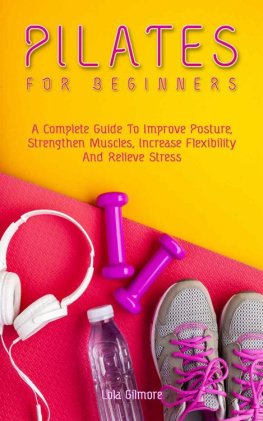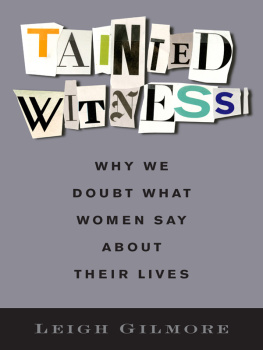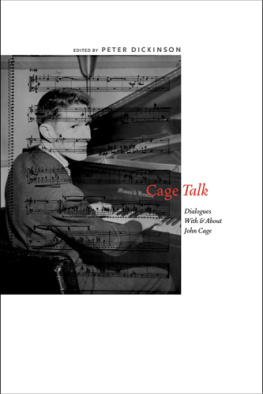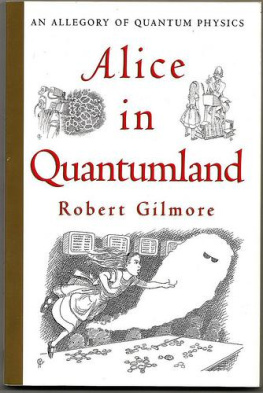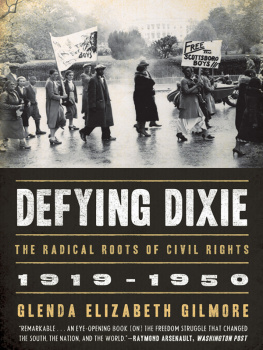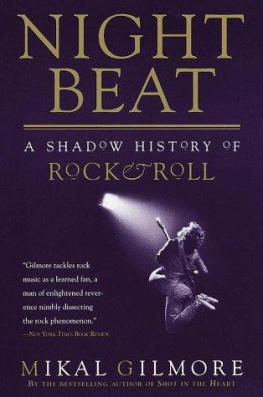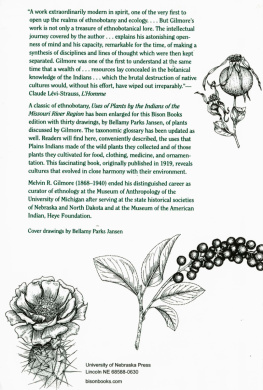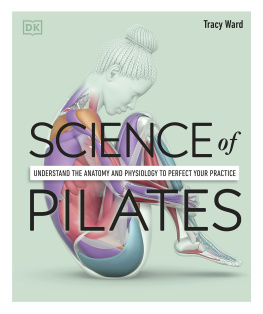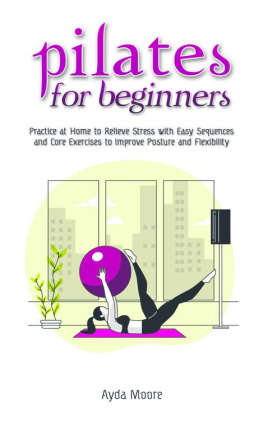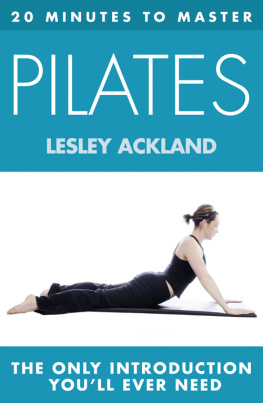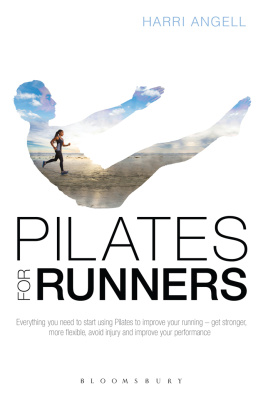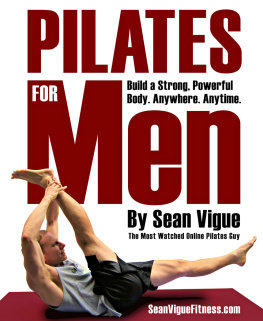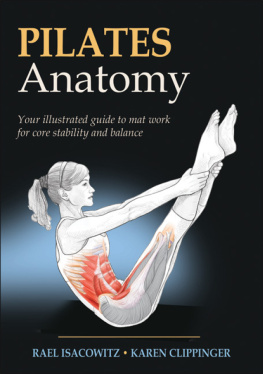PILATES FOR BEGINNERS
A Complete Guide To Improve Posture, Strengthen Muscles, Increase Flexibility And Relieve Stress
By
LOLA GILMORE
Copyright 2020 By Lola Gilmore
All rights reserved.
This report is intended to include precise and solid details on the protected point and problem. Output is sold with the probability that the manufacturer is not expected to render accounting, officially approved or otherwise eligible administrations. In the event that the exhortation is relevant, lawful or qualified, a person who has been rehearsed in a call will be required.
The Statement of Values, which was both accepted and approved by the American Bar Association Committee and the Publishers and Organizations Group.
It is not lawful to reproduce, duplicate or distribute any portion of this study either through electronic means or through a printed party. Recording of this delivery shall be strictly disallowed, and any ability of this documentation shall not be tolerated except with the written authorization of the distributor. All rights have been retained.
The data given herein is articulated, to be truthful and straightforward, in that any danger, in so far as absenteeism or otherwise, by the usage or misuse of any of the methods, procedures or bearings found therein is a single and articulate responsibility of the beneficiary peruser. Through no way will any legal duty or liability be put on the seller for any reparation, loss or misfortune relating to money on the grounds of the data stored therein, either explicitly or by inference.
Similar authors assert all copyrights not owned by the seller.
The data in this segment is given for educational purposes only and as such is all-inclusive. The data shall be entered into without a contract or some form of proof of guarantee.
The trademarks used shall be without permission and the use of the logo shall be without the approval or support of the holders of the trademark. Both trademarks and logos within this book are just for the sake of clarification and are actually held by the founders, who are not affiliated with this document.
TABLE OF CONTENTS
HISTORY
Joseph Hubertus Pilates, Early Years
Joseph Hubertus Pilates started his work as a promoter and instructor of "healthy culture" a broad-based trend that encourages physical education through fitness, sporting performance, and mental discipline.
The Declaration of Principles, which was adopted and endorsed by the American Bar Association Committee and the Publishers and Organizations Community.
Pilates was conceived in Mnchengladbach, Germany, on 9 December 1883. He ventured out to England in 1913 to look for some kind of employment as a bazaar tumbler. As the First World War broke out in the summer of 1914, for the remainder of the war, Pilates and his circus members were brought into captivity as hostile invaders and interned on the Isle of Man, just off the west coast of England. He was one of the physical bodybuilders who guided the camp's regular workout regimen for more than 24,000 inmates residing there. During this time, Pilates established his ideas about fitness and gained experience as a trainer.
After the war, at the beginning of 1919, Pilates was repatriated to Germany. In Hamburg and Berlin, he learned about fitness and conditioning from medical practitioners.
Pilates' thought was influenced by his association with wounded soldiers during the war, his father's interest in health and exercise, and the post-war cultural period in Germany, in which technology, writing, culture, and the arts flourished. European holistic treatments, such as hydrotherapy, trigger point therapy, and mindfulness, inspired the production of Pilates, as did yoga and modern dance. He developed an instrument that expanded on the standard time devices that could tackle both physical disability or illness and the state of the clock. In the end, the conceptual device of Pilate became the Fundamental Reformer.
The 1920s
Pilates worked as a trainer in Berlin with renowned boxing boss Arthur Buelow. In 1924, Nat Fleisher, an American author, came to Germany searching for fresh boxing talent to write about in his influential Ring journal. He urged Pilates to email him if he saw someone who had made a very qualified commitment. A year back, Fleisher returned to Germany at the invitation of Pilates and Buelow to see Max Schmeling's battle. They were right, and Schmeling became the 1930 Heavyweight World Champion.
Pilates was invited to train the German military police, but he discovered that the government was actually attempting to restore the army. Opposed to the possibility of another war, Pilates had immigrated to America in April 1926. His brother Fred, who had already resided in St. Louis, Missouri, helped him make some changes to his initial structure, including bringing the frame lower to the ground and removing the initial weight stack with the coiled springs. Pilates also introduced leather belts that could be used to imitate rowing motions, a common activity at the period. He built a vast range of movements to be conducted on the equipment he dubbed the Universal Reformer, renamed his method "Corrective Therapy," and later called it "Contrology." It is not known when Pilates encountered Anna Clara Zeuner, a nursery school instructor. Clara became an important participant in the production and teaching of his approach as well as in the management of the studio company. She devoted herself to teaching her job and was regarded by many to be a brilliant and even more open instructor than Pilates himself.
Pilates first identified his Pilates Universal Gymnasium in the New York City Telephone Directory in the fall of 1929, the same year he submitted a petition for U.S. citizenship.
The 1930s-50s
By the end of the 1930s, New York City had become a mecca for artists. During this time, Pilates gained a reputation for his ability to "patch" the wounds of the performers. Many musicians, including luminaries such as George Balanchine, Martha Graham, and Hanya Holm, worked with Uncle Joe and suggested wounded colleagues to him.
Two prominent contemporary artists, Ruth St. Dennis and Ted Shawn, were among those who came to the Pilates Centre. Shawn supported Pilates to set up a move camp preparing program in the Berkshire Mountains, Jacob's Pillow, where Pilates instructed somewhere in the range of 1942 and 1947. During this time, the mark tangle activities of Pilates were made.
Pilates first presented his theories in his 1934 book, Your Wellbeing. His second novel, Return to Existence By Contrology,2 published in 1945, further described his confidence in absolute wellbeing. He strongly claimed that if his principles were widely implemented and taught in American educational schools, any part of life from the human to the social would be strengthened. His dream was that a comprehensive, structured path to physical and mental dominance would bring people to greater degrees of moral consciousness, which would have a significant effect on the planet by minimizing human misery and that the need for clinics, sanitariums, psychiatric facilities, and even jails.
"Contrology" has been a central part in the training and rehabilitation of many artists. A variety of these dancers were students of the first wave of Pilates (students educated by Pilate himself). Which included Carola Trier, Eve Gentry, Ron Fletcher, Kathleen Stanford Grant, Bruce King, and Lolita San Miguel. In exchange for workout classes, some aspiring Pilates coaches have worked in the clinic. Many of the first century teachers included Hannah Sakmirda, Jerome Andrews, Bob Seed, Naja Cory, and Mary Bowen. Many Pilates clients have also been authors, such as Robert Fitzgerald and Jay Grimes. Their nieces, Mary Pilates and Irene Zeuner Zelonka, were the nearest students and assistants to the Pilates. Romana Kryzanowska, a teenage dancer named George Balanchine, trained with Joseph and Clara from 1941 to 1944, when she married and relocated to Peru. After her return from Peru in 1959, Kryzanowska became a teaching assistant at the school.

